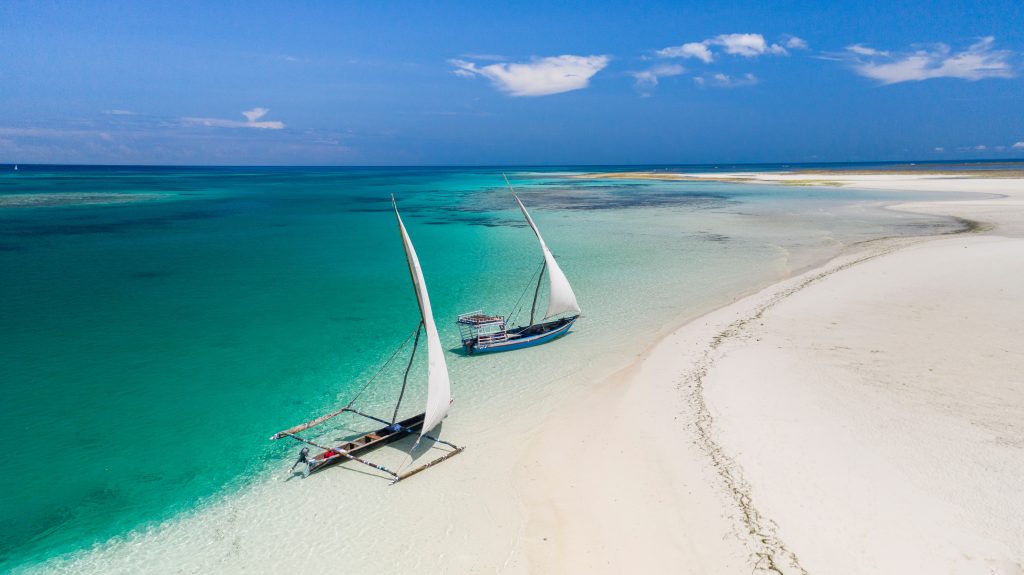News
A wave of pledges to protect marine life: Outcomes from the third UN Ocean Conference

News | Jun 2025
The third UN Ocean Conference in Nice results in a wave of new pledges to extend marine protected areas and finance ocean action.
The ocean both contains and preserves life. It is home to between 500,000 and 10 million species, from krill to blue whales. This uncertainty over total species numbers is linked to the ocean’s vastness and depth. The ocean itself plays a vital part in sustaining economies, societies and life on land. Yet drivers of degradation like unsustainable fishing practices and pollution lead marine life to decline. A greater scientific understanding of these species enables stronger protection for marine biodiversity.
Countries commit to action for marine biodiversity
Conserving an ocean that spans the globe requires international cooperation. Representatives from over 60 countries gathered to spur action at the third UN Ocean Conference, co-hosted by France and Costa Rica in Nice. Attendees came together under the theme ‘Accelerating action and mobilizing all actors to conserve and sustainably use the ocean.’ More than 170 States showed their commitment to this year’s theme by adopting the “Nice Action Plan”, which consists of a declaration of intent and over 500 voluntary commitments to conserve and sustainably use marine species.
UNEP-WCMC's delegation of marine experts participated in the conference and provided guidance and technical assistance to the “Ocean Action Panels”. These were thematic panels wherein stakeholders grouped to explore solutions to particular marine issues, from finance to inclusivity.
A new wave of pledges
Human impacts on the ocean, such as overfishing, coastal development and pollution often disrupt the delicate balance required to sustain productive and resilient marine ecosystems. The creation of marine protected areas (MPAs) can be used as an effective means for conserving, restoring and sustainably using biodiversity in the ocean. The UN Ocean Conference saw many pledges to develop new MPAs.
By far the largest new MPA being created is one that French Polynesia plans to establish. Encompassing the entire Exclusive Economic Zone of almost five million square kilometres, the commitment also includes 1.1 million square kilometres of highly or fully protected ocean. These protections will support the regeneration of ecosystems, with special focus on the waters surrounding the Society Islands and Gambier Islands, which have been affected by overfishing and other unsustainable practices.
Other pledges included commitments by São Tomé and Príncipe to create eight new MPAs, by Colombia to conserve coral reefs and by Tanzania to create two MPAs off the coast of Pemba Island.

Finance for ocean conservation and restoration
Ocean action requires financial investment from both the public and private sectors. To this end, the European Union made a pledge of EUR one billion at the conference to finance marine science, including research on sustainable fishing practices. Aside from simply advancing knowledge, this funding aims to develop strategies for small island states that are among those most affected by climate change and biodiversity loss.
A better scientific understanding of marine life can improve private sector guidance on risk mitigation and sustainable investment strategy. Guided by this information, financial institutions can invest in the ocean rather than against it. In addition to the EU pledge, development banks came together to pledge EUR 3 billion to curb the tide of plastic pollution. This was followed by a range of other commitments made by a host of banks, including an investment of $2.5 billion into advancing blue economy policies from the Development Bank of Latin America and the Caribbean.
Funders have the opportunity to help preserve the ocean for future generations. Investors may not be able to implement solutions, but they can enable those who will. Protecting and conserving the world’s ocean is a whole-of-society job – all actors, from donors to local communities must come together for solutions to be sustained
Diana Serrano, Senior Programme Officer
Solutions must be developed inclusively
Activities with negative environmental consequences, for example overfishing, often disproportionately impact coastal communities that rely on a biodiverse ocean. Small island developing states are particularly vulnerable to such impacts, relying on thriving waters for food security. Being most affected by these impacts, scientific and lived insights from these states are vital in developing policy solutions. These states have emphasized their need for accessible finance to address biodiversity loss, climate change and pollution, particularly with regard to the ocean.
Sessions at the conference also looked at how science and Indigenous and traditional knowledge can work together, showing how Indigenous Peoples’ deep understanding of the ocean can help guide more effective action, for example, by changing how people see the ocean, not as something only to harvest from, but as something we are connected to and need to care for.
The overall message was clear. Everyone benefits from a healthy ocean and everyone, from businesses and governments to Indigenous Peoples and local communities, must be part of protecting it.
There is still a long road ahead. But the bold commitments in the Nice Action Plan show that momentum is building, and that is something to be hopeful about.
Main image: IISD/ENB | Kiara Worth
Have a query?
Contact us
communications@unep-wcmc.org
